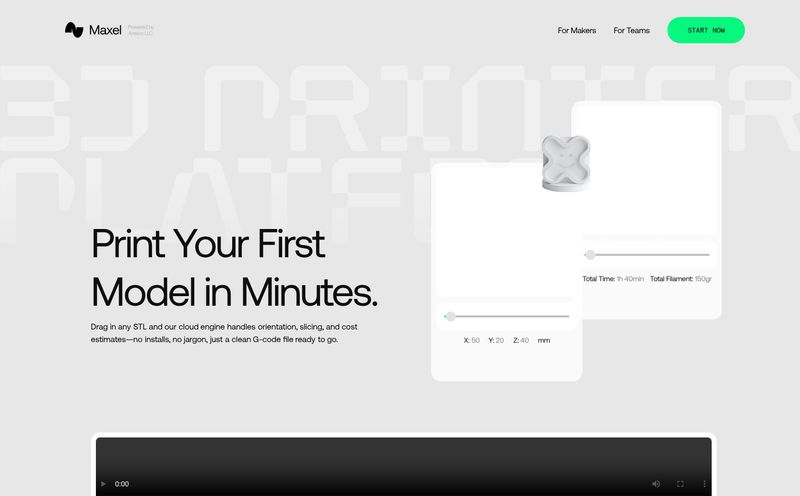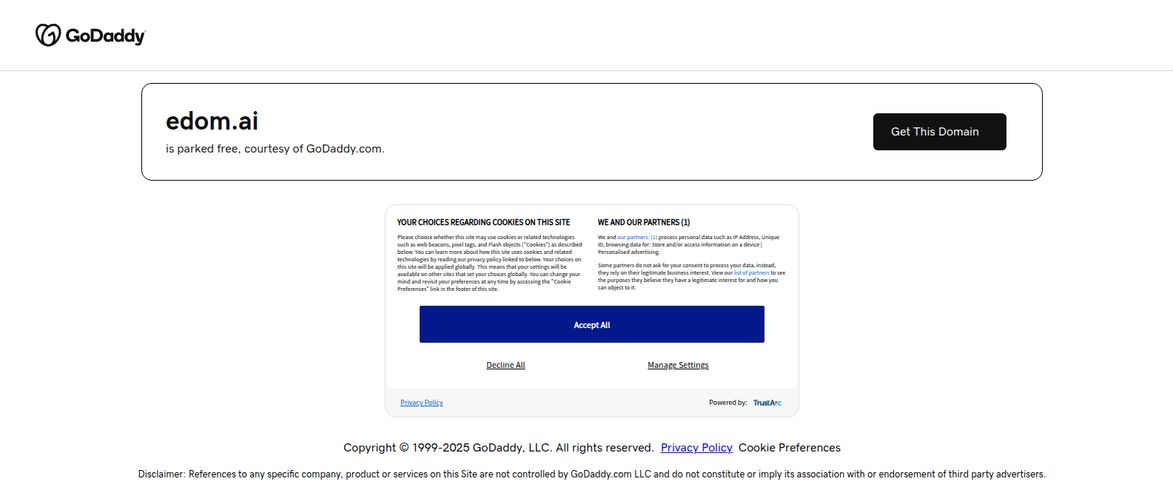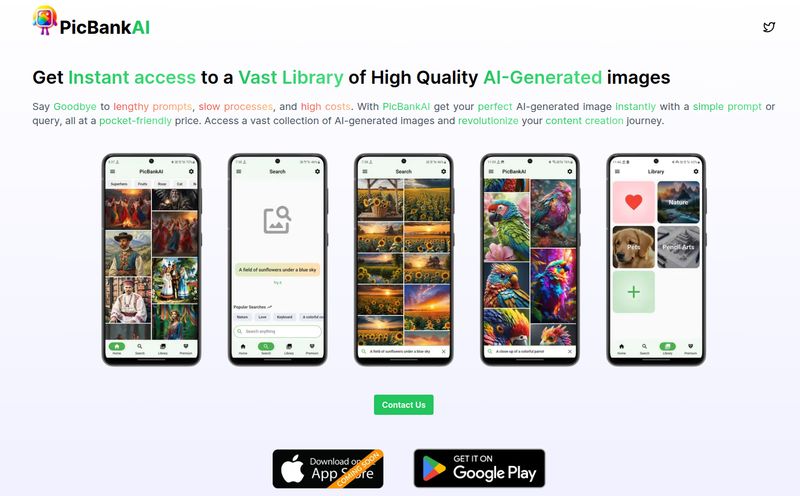My browser's bookmark bar is a disaster zone. It’s a graveyard of “New AI Tool That Will Change Everything!” links. One for writing, another for image gen, a third for research, and about ten more that I can't even remember signing up for. It’s exhausting. The promise of AI was to make our lives easier, not to give us digital clutter anxiety.
Every morning, it feels like I'm assembling a team of mismatched robots just to get my day started. I fire up ChatGPT for drafting, then hop over to Perplexity for some web-enabled research, and maybe poke Claude for a more nuanced take on a complex topic. It works, but it's clunky. It feels... disconnected.
So when I stumbled upon Flowith 2.0, which calls itself an “AI Creation Workspace,” my interest was definitely piqued. Another tool? Sigh. But the promise was different. It wasn’t about being yet another specialized gadget, but about being the toolbox itself. The central command center. A place to bring all my favorite AI brains together under one roof. And I've gotta say, after spending some time with it, it's a pretty compelling idea.

Visit Flowith 2.0
So, What is Flowith 2.0, Really?
Imagine you're a chef. You wouldn't want to run to a different building for your knives, another for your spices, and a third for your pans, right? You want a well-organized kitchen where everything is within arm's reach. That’s the best analogy I can come up with for Flowith 2.0. It's not trying to be a new AI model; it’s the professional kitchen where you can use the best models—like ChatGPT, Perplexity, and Claude—all together.
It’s designed to be a fluid space where you can brainstorm ideas, manage your personal knowledge, and then actually create things. We're talking articles, industry analysis reports, interactive webpages, you name it. It's about taking all that raw data and information floating around in your head (and on the web) and transforming it into something tangible with the help of your chosen AI assistant.
Digging into The Core Features
This is where things get interesting. It's not just a fancy wrapper for other AIs. It has its own unique structure that genuinely adds value.
Your AI Dream Team All in One Place
This is the headline feature for me. The ability to switch between different AI models on the fly is a game-changer. Anyone who’s spent enough time with these tools knows they have different personalities and strengths. ChatGPT-4 is an incredible creative workhorse. Claude 3 Opus, in my experience, has a slightly more sophisticated and cautious tone, which is great for professional docs. Perplexity is my go-to for anything that needs up-to-the-minute, sourced information from the web.
Instead of juggling tabs, Flowith lets you direct your query to the best AI for the job, all within the same interface. It’s like having a panel of experts on standby, and you get to pick who answers the question.
More Than Just a Chatbot: The Knowledge Base
This might be the most underrated feature. Flowith allows you to build your own knowledge base. Think of it as a personal wiki or a “second brain.” You can feed it documents, articles, webpages, notes—basically any information you want your AI to know intimately.
Why is this so powerful? Because you're no longer working with a generic AI. You're working with an AI that has read your project briefs, understands your company's style guide, and has access to all the research you've already done. This moves the interaction from a simple Q&A to a true collaboration. The AI's output becomes drastically more relevant and personalized. It’s a massive time-saver.
Ready-Made Recipes for Instant Productivity
I have a messy text file on my desktop filled with prompts I've crafted over the years. “Act as an expert SEO blogger and write a meta description for...” and so on. Flowith formalizes this with “Recipes.” These are pre-built workflows for common tasks. Think of them as sophisticated templates that guide the AI to produce a specific type of content, like a market analysis or a social media campaign plan.
This not only speeds things up but also helps flatten teh learning curve. You can see how an effective workflow is structured and get high-quality results without being a prompt engineering wizard from day one.
Who Is This Thing Actually For?
While I can see a lot of people getting value out of this, a few specific roles come to mind immediately:
- Content Creators & Marketers: This is a no-brainer. Managing research, drafting articles, generating social media posts, and analyzing competitors all in one place? Yes, please. Building a knowledge base with your brand voice and past content is ridiculously powerful.
- Researchers & Academics: The ability to upload papers, articles, and data into a knowledge base and then query it with powerful AI models could seriously accelerate literature reviews and data analysis.
- Product Managers & Entrepreneurs: Using the recipes for market analysis, user persona creation, or competitive intelligence reports could be a huge boost for strategy and planning.
- Students: Honestly, for organizing notes, summarizing dense reading materials, and getting help with assignments, this could be an academic superpower.
The Good, The Bad, and The Hmm...
No tool is perfect, right? Here’s my breakdown of what’s great and what could be better.
What I'm Loving So Far
The consolidation is everything. Bringing my favorite AIs into one workspace has streamlined my process more than I expected. The knowledge base feature feels like a glimpse into the future of personalized AI. It’s a tool that works with your knowledge, not just the general internet. And the variety of outputs is impressive—it's not just a text generator. The potential to create simple, interactive webpages directly from your research is a very cool concept.
A Few Sticking Points
There's definitely a bit of a learning curve. It's more complex than a simple chatbot, so you'll need to invest some time to really get the hang of the knowledge base and recipes. It’s not a huge complaint, as powerful tools often require a bit of learning, but it's something to be aware of. Also, the quality of your output is still somewhat dependent on the underlying AI models. If ChatGPT is having an off day, your Flowith output will reflect that. It’s a middleman, albeit a very smart one.
Let's Talk Money: The Flowith 2.0 Pricing Conundrum
And now for the elephant in the room. As of my review, the pricing for Flowith 2.0 isn't explicitly listed on their main page. This is a personal pet peeve of mine. I get it, maybe they're targeting enterprise clients or still finalizing their tiers, but as a potential user, I want to know what I'm getting into. Is it a monthly subscription? A pay-as-you-go model based on usage? Does it require you to bring your own API keys for the integrated models?
My guess is we'll see a tiered structure, perhaps a free version with limited features and then Pro or Business plans with more extensive knowledge base capacity and recipe access. For now, we have to sign up to find out more, which is a bit of a hurdle. I'm hoping for transparency on this front soon, because the tool itself is very promising.
Frequently Asked Questions About Flowith 2.0
Is Flowith 2.0 a replacement for ChatGPT or Claude?
Not exactly. It’s better to think of it as a workspace that integrates tools like ChatGPT and Claude. It adds a layer of organization, knowledge management, and workflow automation on top of them. You still choose which AI model to use for any given task.
How does the knowledge base feature work?
You can upload various file types (like PDFs, text documents, or point it to webpages) to create a collection of information. When you interact with the AI, you can direct it to use this specific knowledge base, ensuring its answers are based on your private, curated information rather than just its general training data.
Do I need my own API keys for the different AI models?
The platform's documentation or pricing details (once available) would have the definitive answer. Some platforms like this operate on a subscription model that includes AI usage, while others require users to connect their own API keys from providers like OpenAI or Anthropic. Given its professional focus, a mix of both could be possible.
Is Flowith 2.0 good for beginners?
It's accessible, but to get the most out of it, there's a learning curve. A beginner can certainly get started with the basic chat functions and pre-built recipes. However, mastering the knowledge base and creating custom workflows will take some practice. It's probably most powerful in the hands of someone who is already familiar with using AI tools.
What kind of content can I create with Flowith?
The platform is versatile. You can create a wide range of content, including blog posts, articles, marketing copy, social media updates, business reports, industry analyses, and even simple interactive webpages. Its capabilities are tied to the strengths of the integrated AI models and your own creativity.
Where can I find the pricing for Flowith 2.0?
Currently, detailed pricing information is not readily available on their main landing page. The most direct way to get this information is likely to sign up or contact their sales or support team through their website.
Final Thoughts: Is Flowith 2.0 Worth the Hype?
Despite the mysterious pricing and the initial learning investment, I'm genuinely optimistic about Flowith 2.0. It addresses a real, tangible problem for anyone who uses AI professionally: the fragmentation of our digital tools. The concept of a unified workspace with a persistent, personal knowledge base isn't just a nice-to-have feature; it feels like the logical next step in our relationship with AI.
It’s a move from simply using AI to truly collaborating with it. If they can nail the execution and offer a sensible pricing model, I could see Flowith becoming an indispensable part of my daily workflow. It's one to watch, for sure.
References and Sources
- For insights on the different AI models, you can check out official pages for OpenAI's ChatGPT, Perplexity, and Anthropic's Claude.
- The concept of a "second brain" was popularized by Tiago Forte, and his work provides great context for the value of knowledge management systems.



